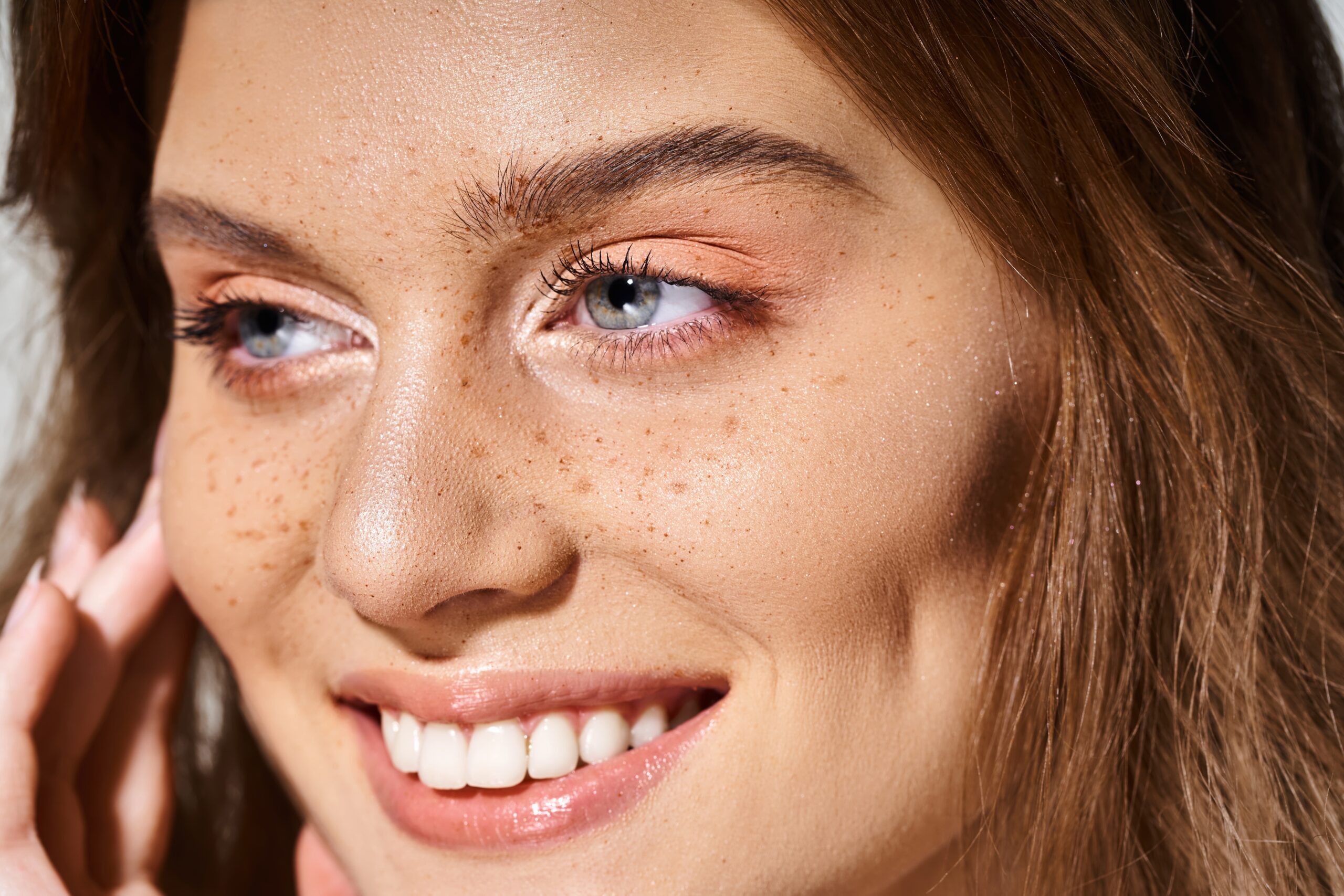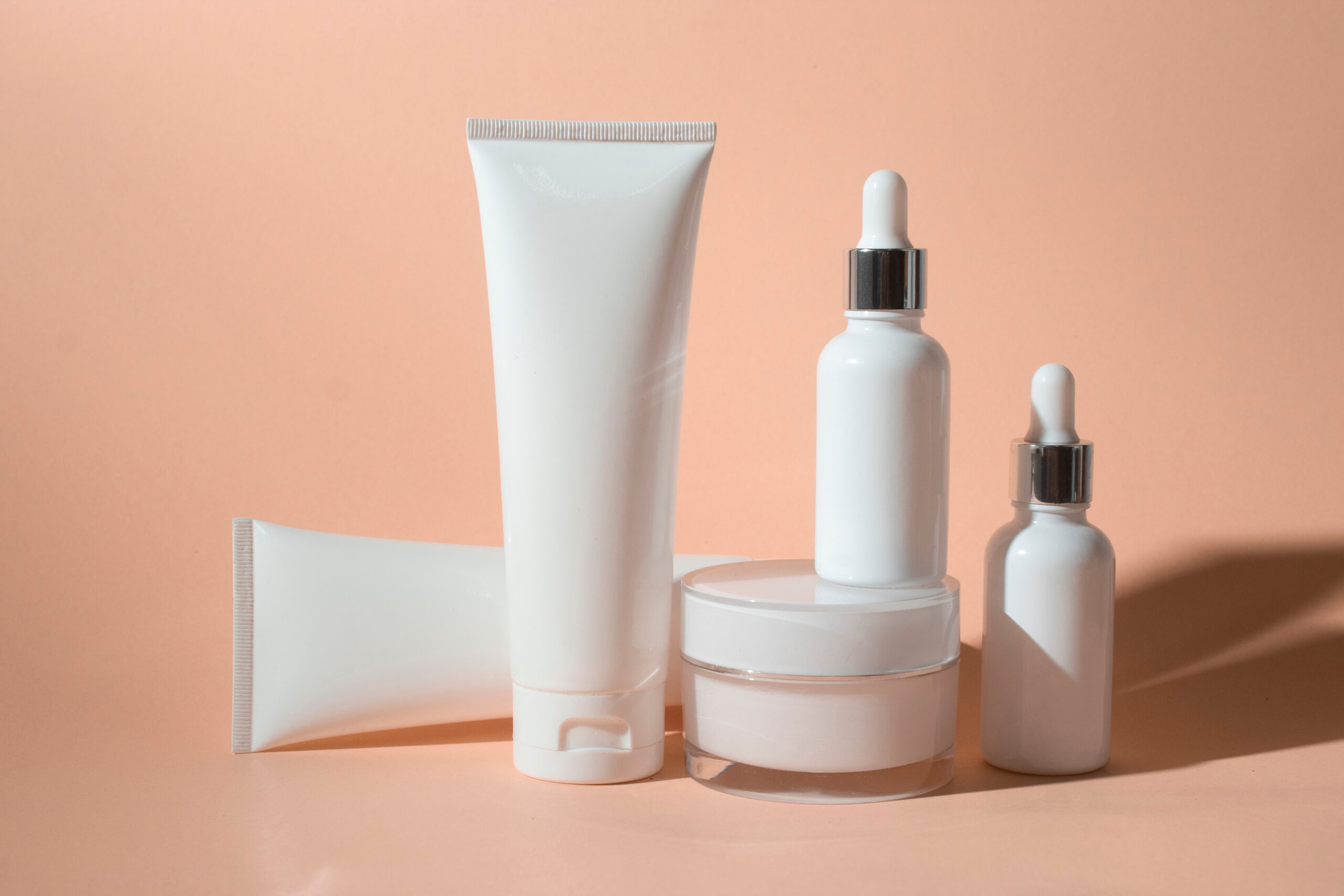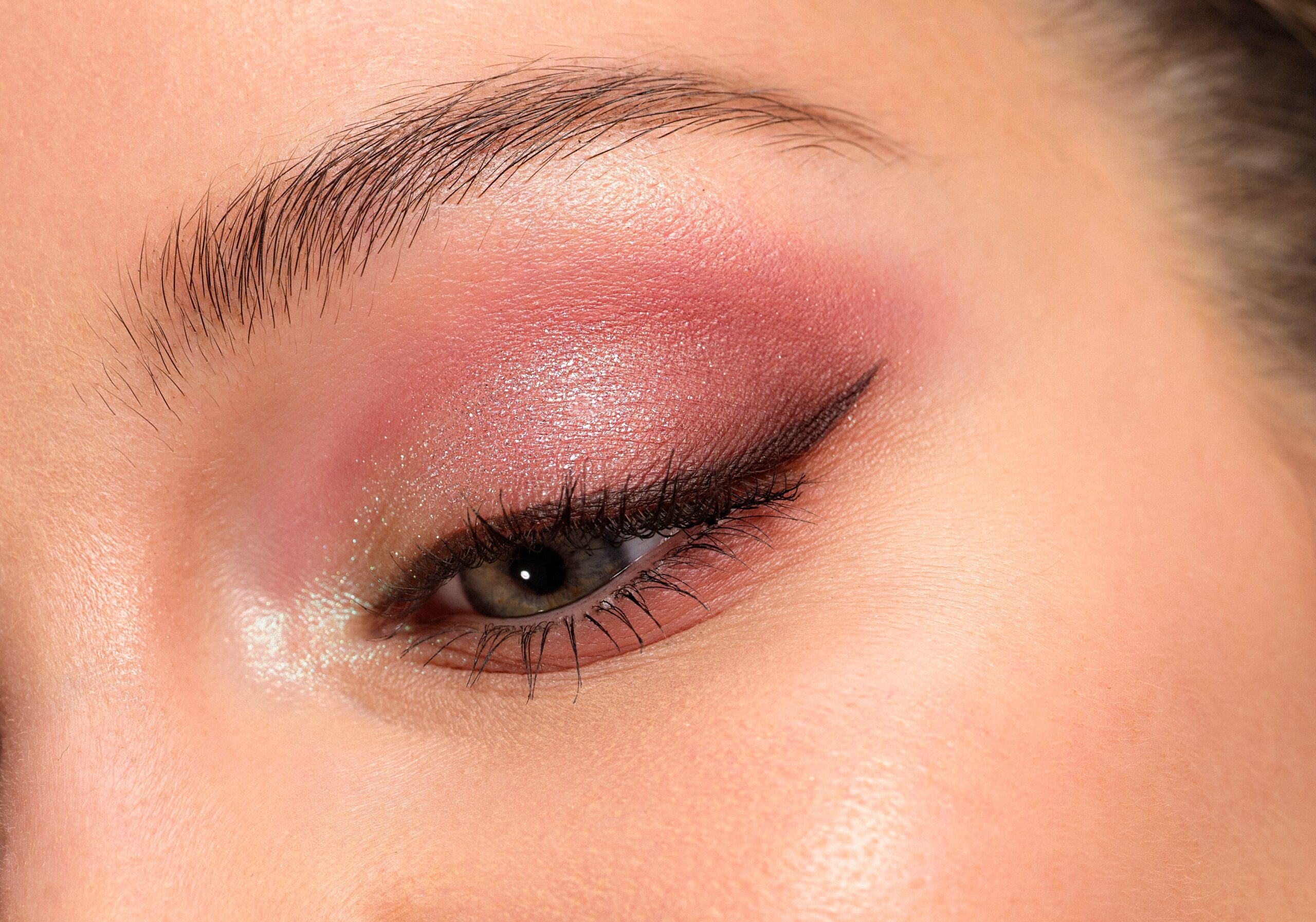
The Rise of Clean Beauty: What It Means & How to Shop Smarter
Parabens, sulphates, phthalates — the ingredient list on your favourite products might read more like a chemistry set than a skincare routine. That’s where clean beauty comes in. It’s more than just a trend — it’s a growing movement towards transparency, safer ingredients, and sustainable choices. But with so much greenwashing out there, how do you know what’s actually clean? This article breaks down what clean beauty really means, what to watch for on labels, and how to shop smarter without fear (or falling for marketing hype).
Outline
- What Is Clean Beauty, Really?
- Why Clean Beauty Is on the Rise
- Clean Beauty vs Natural vs Organic: Know the Difference
- How to Read a Label Like a Pro
- Ingredients Commonly Avoided in Clean Beauty
- Greenwashing: The Red Flags to Watch For
- How to Build a Clean Beauty Routine That Works
- Final Thoughts: It’s About Progress, Not Perfection
What Is Clean Beauty, Really?
Clean beauty refers to products that are made without ingredients that are considered potentially harmful or irritating — especially when used long-term.
But here’s the catch:
There’s no single legal definition of “clean”, which means brands can define it however they like.
💡 In general, clean beauty = safe for humans, ethically sourced, and (often) more eco-friendly.
It doesn’t necessarily mean:
- 100% natural
- Organic
- Vegan
- Free from all synthetics
It does mean:
- Transparency about what’s inside
- A focus on non-toxic, non-irritating ingredients
- Often minimalist formulas with fewer fillers
Why Clean Beauty Is on the Rise
The clean beauty movement has grown thanks to:
- Increased awareness of ingredient safety
- More people with sensitive or reactive skin
- A push for sustainability and ethical sourcing
- Social media education (hello, skinfluencers 👋)
- Consumer demand for transparency and trust
It’s not just about avoiding nasties — it’s about choosing better, for your skin and the planet.
Clean Beauty vs Natural vs Organic: Know the Difference
Let’s clear up the confusion:
| Term | What It Means |
|---|---|
| Clean | Free from certain questionable ingredients (synthetic or natural) |
| Natural | Contains ingredients derived from nature (but not always safe or effective) |
| Organic | Made from organically grown ingredients — must be certified to be legit |
💬 A product can be clean without being natural, and vice versa. Some synthetic ingredients are safer than their “natural” counterparts.
How to Read a Label Like a Pro
🔍 Don’t be scared of long names. Instead, focus on:
What’s NOT included
– Look for “free from” labels (e.g. sulphates, parabens, mineral oil)
The first 5 ingredients
– These make up the bulk of the product
Active ingredients
– Are the benefits coming from proven ingredients, or just fragrance and filler?
Use apps like INCI Decoder or Think Dirty to check product safety ratings.

Ingredients Commonly Avoided in Clean Beauty
While there’s no universal “naughty list”, clean beauty brands often leave out:
- Parabens – Preservatives linked to hormone disruption
- Phthalates – Often found in synthetic fragrances
- Sodium Lauryl Sulphate (SLS) – Can irritate sensitive skin
- Formaldehyde & releasers – Preservatives with potential toxicity
- Mineral oil & petrolatum – Occlusive, not eco-friendly
- Synthetic fragrance – A common allergen and often undisclosed
Clean doesn’t mean scent-free — just be wary of mystery “fragrance” listings.
Greenwashing: The Red Flags to Watch For
Some brands throw around “natural”, “clean” or “eco” with no real proof. Here’s what to watch for:
Buzzwords with no certification
– Look for third-party seals (e.g. COSMOS, Ecocert)
No ingredient transparency
– If you can’t find a full ingredients list, walk away
Packaging looks eco-friendly, but isn’t
– “Recyclable” ≠ recycled (or recyclable everywhere)
Overuse of “chemical-free”
– Everything is a chemical — what matters is which ones
Always check the facts, not just the font and foliage on the bottle.
How to Build a Clean Beauty Routine That Works
You don’t have to replace everything at once. Start with these:
1. Start with what you use daily
– Cleanser, moisturiser, sunscreen, deodorant
– These are absorbed or sit on your skin all day
2. Swap as you finish
– When something runs out, look for a cleaner version to replace it
3. Stick to simple
– Look for products with fewer ingredients and clear labelling
4. Don’t ditch what works
– If a product works and doesn’t irritate you, you don’t have to swap it just because it’s not “clean”
Clean beauty doesn’t mean expensive — affordable options exist, especially from indie or drugstore brands.
Final Thoughts: It’s About Progress, Not Perfection
Clean beauty isn’t about fear. It’s about awareness, choice and progress. You don’t need a 100% toxin-free routine overnight. Just be curious, informed and intentional about what you put on your skin.
🌱 Choose what makes you feel good, works well for you, and aligns with your values.


